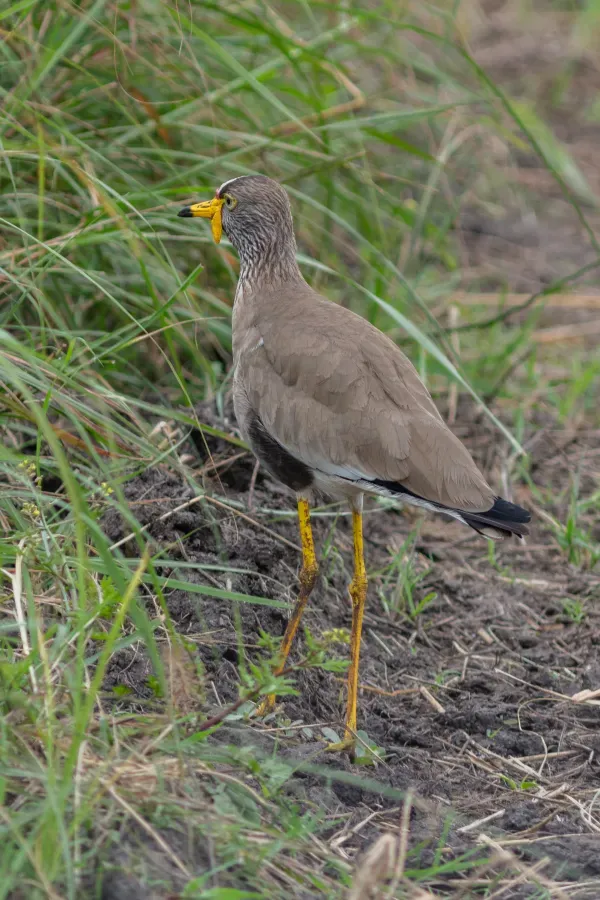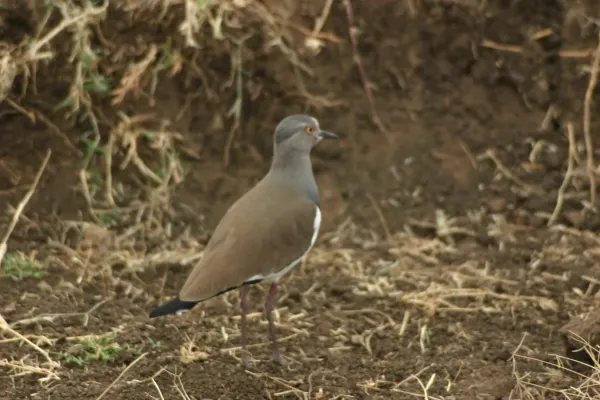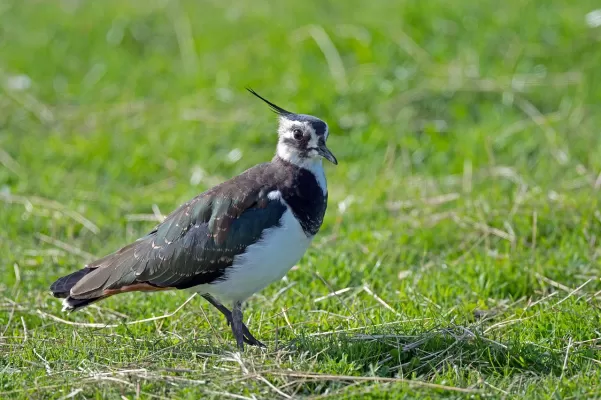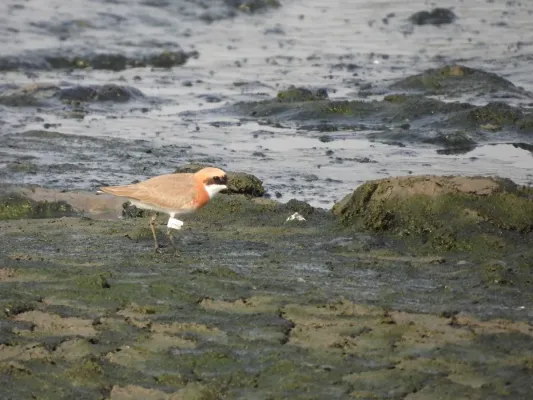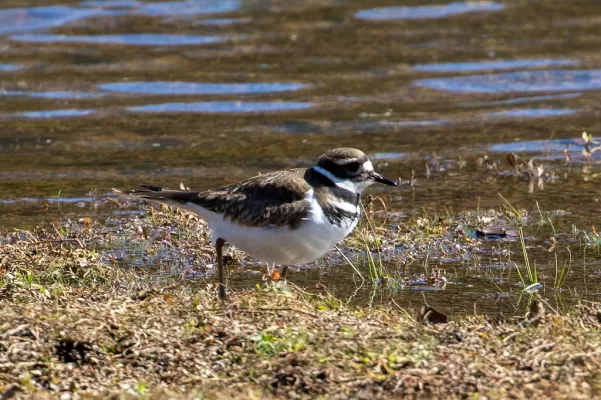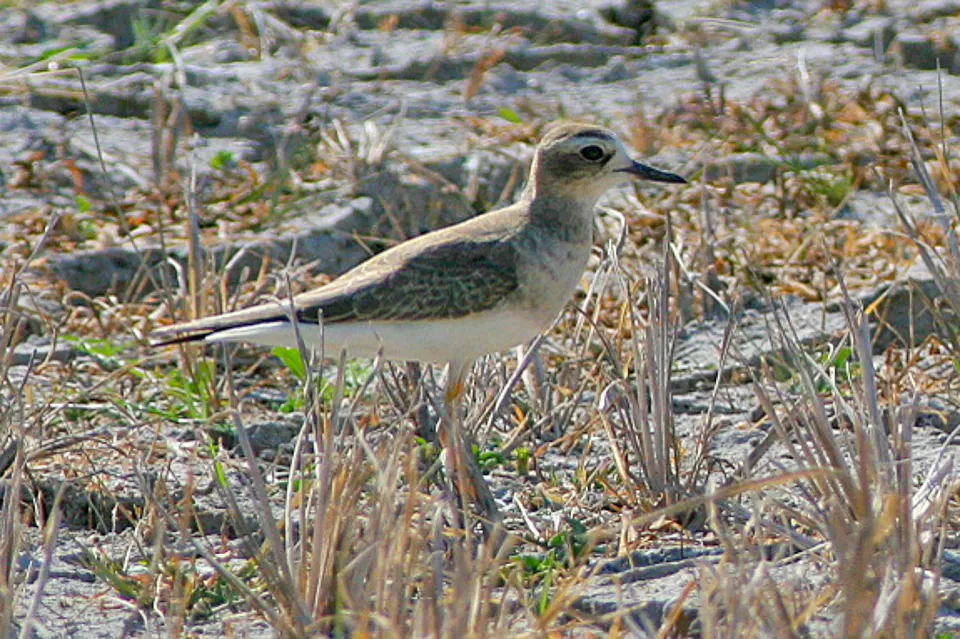
Oriental Plover
Oriental Plover
100
2 days ago
Not yet spotted on Fladder
Spotted
The Oriental Plover, Charadrius veredus, is a medium-sized migratory shorebird belonging to the plover family. It is renowned for its extensive annual migration, travelling thousands of kilometres between its breeding grounds in Central Asia and its non-breeding areas in Australia, New Guinea, and parts of Southeast Asia.
Where to spot
During the breeding season, Oriental Plovers inhabit arid and semi-arid steppes, open grasslands, and dry plains in Central Asia. In their non-breeding range, they are typically found in wide-open, dry habitats such as short-grass plains, cultivated fields, airfields, and sometimes near dry lakebeds or coastal areas, often far from standing water.
How to spot
These birds are usually seen foraging by running a few steps, stopping abruptly to scan, and then picking prey from the surface. Their camouflaged plumage blends well with dry, open ground. When disturbed, they may fly off in a loose flock. Their call is a sharp, often repeated 'chip' or 'chirrup'.
When to spot
Oriental Plovers are primarily diurnal, active during the day, especially at dawn and dusk. Their presence in a particular region is seasonal, corresponding to their migratory movements; they are present in their breeding grounds during the Northern Hemisphere summer and in their non-breeding grounds during the Southern Hemisphere summer.
Where to spot
During the breeding season, Oriental Plovers inhabit arid and semi-arid steppes, open grasslands, and dry plains in Central Asia. In their non-breeding range, they are typically found in wide-open, dry habitats such as short-grass plains, cultivated fields, airfields, and sometimes near dry lakebeds or coastal areas, often far from standing water.
How to spot
These birds are usually seen foraging by running a few steps, stopping abruptly to scan, and then picking prey from the surface. Their camouflaged plumage blends well with dry, open ground. When disturbed, they may fly off in a loose flock. Their call is a sharp, often repeated 'chip' or 'chirrup'.
When to spot
Oriental Plovers are primarily diurnal, active during the day, especially at dawn and dusk. Their presence in a particular region is seasonal, corresponding to their migratory movements; they are present in their breeding grounds during the Northern Hemisphere summer and in their non-breeding grounds during the Southern Hemisphere summer.
The Oriental Plover undertakes one of the longest migratory journeys of any shorebird, travelling vast distances across continents each year.
Loading...
Spotted
- Recently spotted
- 65 (Seen in the last 3 months)
- Last spotted
- 2 days ago
Monthly observations
No observations
Loading...
Nothing spotted yet


